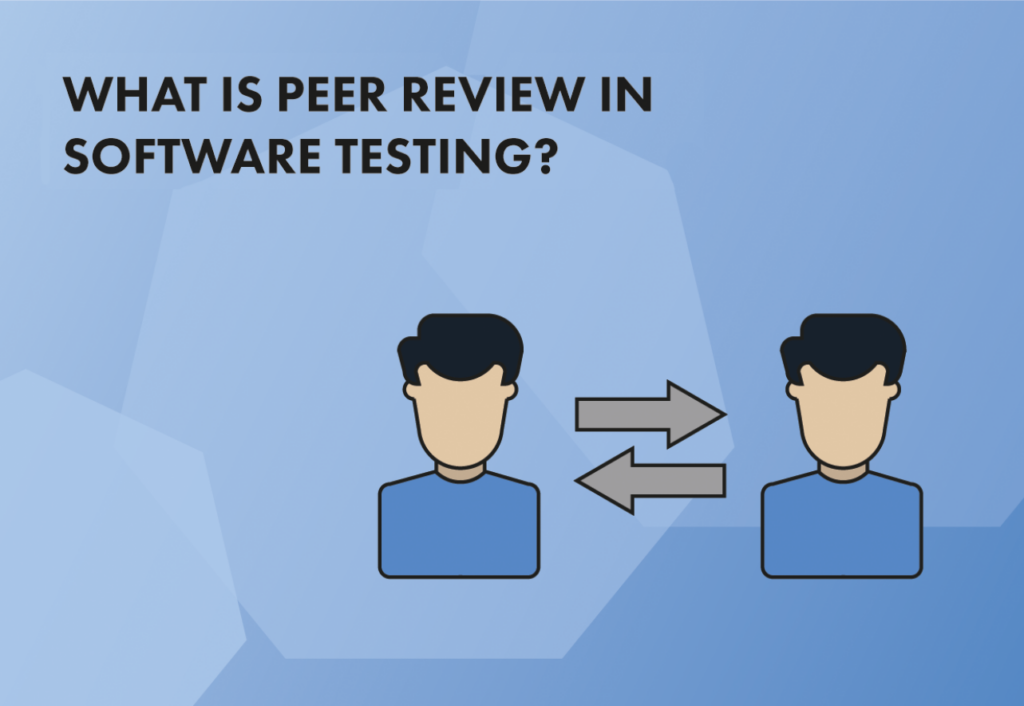Peer review (or peer testing) has a critical role in the software development life cycle (SDLC) and is normally a role that involves a software developer testing another software developer’s code. But why is the peer review stage an important part of the software development lifecycle?
What are peer reviews, and why are they important?

Companies across all industries invest a significant amount of time and money in testing their critical systems (whether that is manual testing, automated testing, or both – you can find out the differences between manual and automated testing in our blog). Larger organisations may have entire Quality Engineering (QE) teams whose role is to stop bugs from getting released into production systems.
Typically, QE team members are not software developers. They are dedicated testers who eat, sleep, and breathe testing. They know the systems they are testing inside and out!
However, peer reviews refer to something different. Peer review is an evaluation that’s carried out by other software developers, usually within the same organisation.
At Koderly, we believe it is critical that every piece of code that gets deployed into a production environment has been through the peer review process.
Peer reviews promote knowledge sharing and avoids repeat-mistakes
When software developers review the code of other developers, they are able to apply their own experiences. For example, they will remember that big mistake they made which led to a critical system going offline, and the subsequent awkward conversations that followed. They can apply that burned-on experience when reviewing, to ensure past mistakes aren’t repeated by their peers.
Reviewing vs Breaking
When up against a deadline, software developers can easily slip into the best-case scenario mindset when testing their code. Conversely, peer reviewers should have a firm “Let’s break it” mindset and want to identify the areas that their fellow developer has overlooked. There is less risk of the peer reviewer suffering unconscious bias when reviewing because they are usually not the ones that need to fix whatever issues they find!
Peer reviewing promotes a culture of shared responsibility
When multiple teams/individuals are responsible for testing a new development, the responsibility of making sure it behaves as expected sits with everyone involved. At Koderly, the developers assigned to peer review a new feature are equally responsible for the quality. We encourage this mindset because we believe it reinforces that testing should never be treated as a second-class citizen in the software development process, and this ultimately leads to better software!
Peer reviewing in Qucate
Koderly’s test management platform, Qucate, allows users to create multiple test runs against a test plan. Qucate improves collaboration, and encourages everyone involved in the software development process to add their own tests, including the development team. The peer reviewer can evaluate the developer’s existing tests, and add their own, which the developer must also complete on their test run. Standard tests can be added to test plan templates and managers can track progress and statistics via reports.
